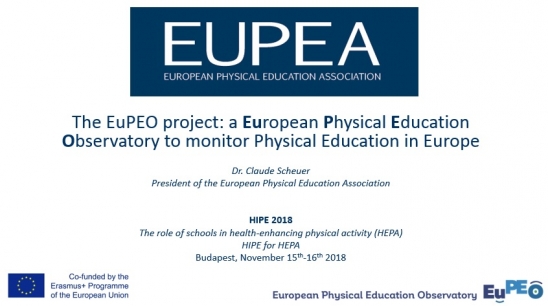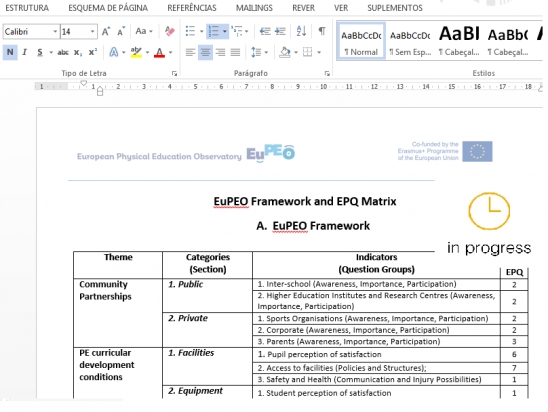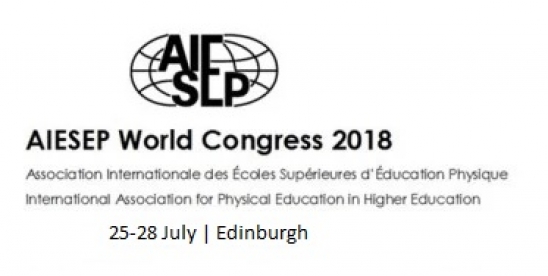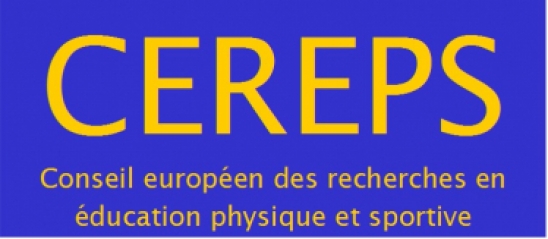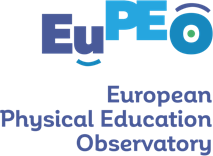04.02.2019
Biannual International Conference on Quality Physical Education (HIPE), Budapest, 15-16 November
Hungarian School Sport Federation (HSSF) is the main civil organization in the field of youth sport and education in Hungary.
The Federation, founded in 1987, went through a major transformation in 2012, extending its mission beyond school sport: HSSF decided to support teachers to implement quality physical education, and to promote health-conscious, future-oriented lifestyle through regular physical education and fitness assessment.
29.10.2018
EuPEO Project Progress
18.07.2018
AIESEP World Congress 2018
The conference explores how physical education can thrive under demanding circumstances associated with the needing of connecting PE learners' experiences with wider societal objectives, as increasing physical activity, enhancing health and wellbeing and bolstering sporting achievement.
On this basis, the Association Internationale des Écoles Supérieures d’Éducation Physique (AIESEP) World Conference in Edinburgh 2018 invites scholars to reflect on the part physical education can play in reshaping education futures.
04.07.2018
Reflection on quality Physical Education and other forms of School Physical Activity in Europe
"Monitoring Quality Physical Education and Physical Activity in School Settings: Realities and Perspectives" was the theme of the 3rd CEREPS Meeting, a Conseil Européen des Recherches en Education Physique et Sportive's initiative, which took place from 28 to 29 June at the Faculty of Human Kinetics - University of Lisbon. CEREPS is a European wide non-profit research network that is concerned with the development and cooperation of joint projects in the field of school and club sport for children and adolescents in the EU.

